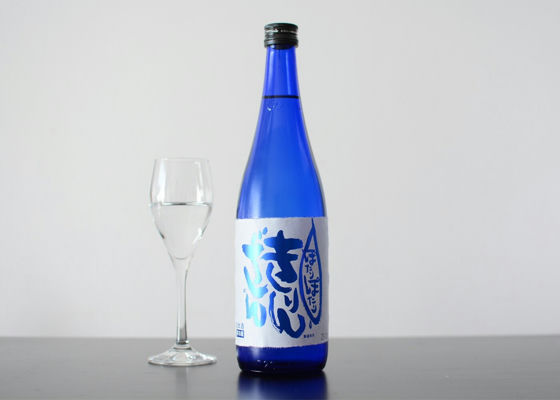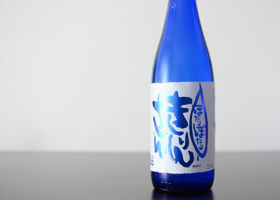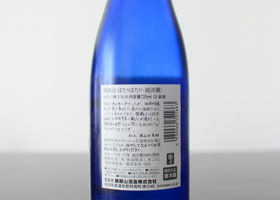


Hori
It is Kirinzan's Potari-Potari Koshitanrei.
I compared it with Gohyakumangoku, which I posted one day ago.
They look exactly the same in a glass and are indistinguishable. Both are pale yellowish in color and have a soft and thick texture instead of smooth and silky.
As for the taste, I thought the Koshitanrei was a little sweeter than the Koshitanrei I tasted last year. No, it is not sweeter, but rather there are more elements of flavor, or it is more expansive, and the Gohyakumangoku is clearer and crisper.
In any case, the difference in nuance is so slight that it is difficult for an amateur like me to put it into words.
I have heard that the difference in rice has a very small effect on the taste of sake, and this is certainly true. I heard that water and yeast, rather than rice, and even more than that, the type of sake the brewer is aiming for greatly influences the taste of the sake.
For example, if you want to make a spicy sake, you should not say, "If you use 00 rice, it will make a spicy sake," but rather, "I want to make a spicy sake, so I will use 00 rice that is suitable for that. Depending on the method of production, it may be possible to make a sweet sake using this 00 rice. The sake comparison gave us a chance to think about various things.
Japanese>English